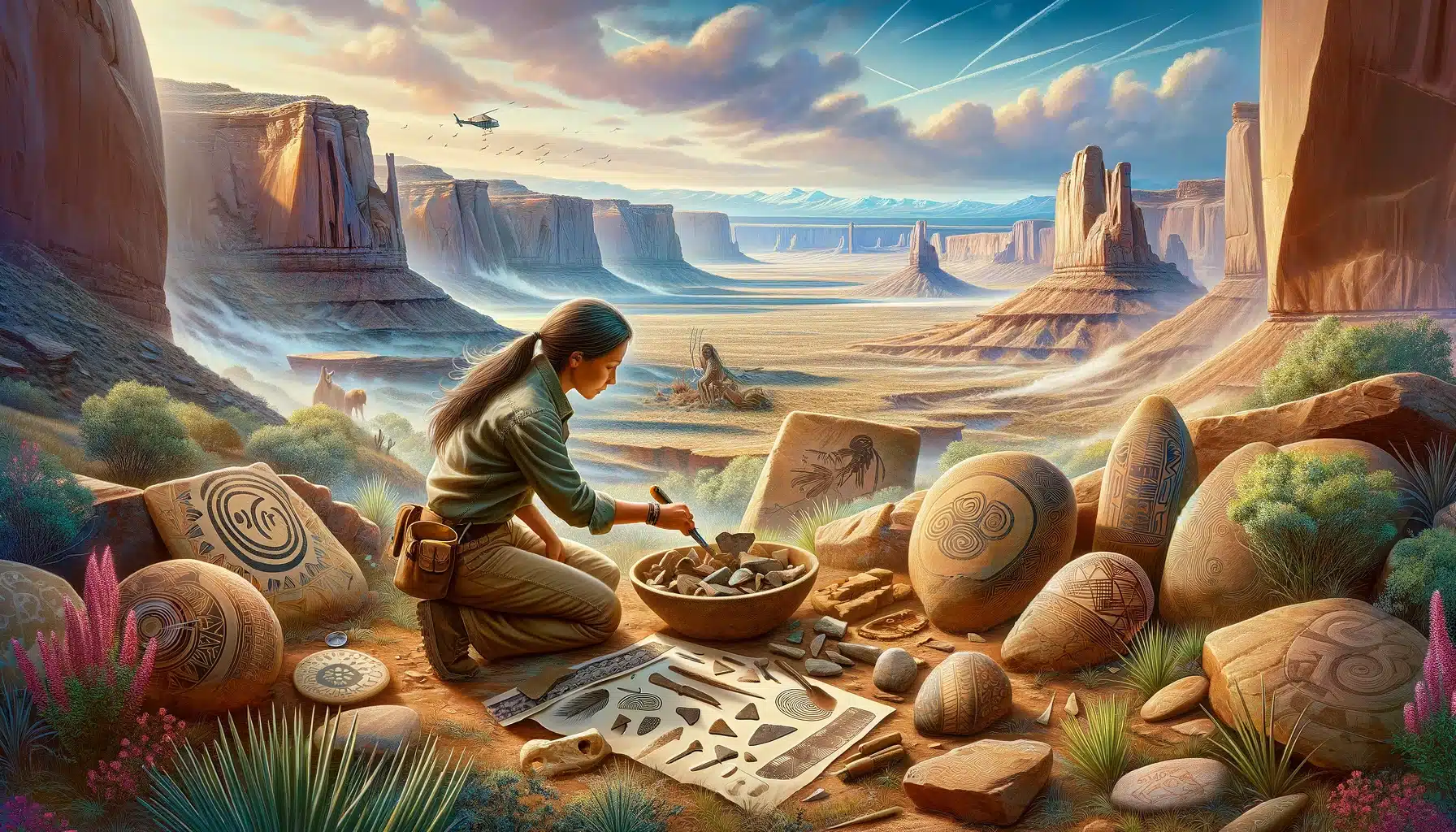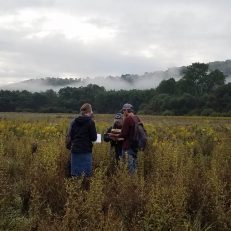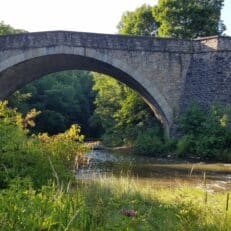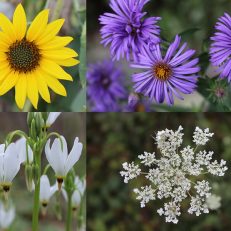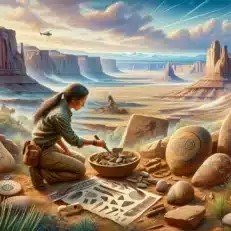Product Description
Dive into the heart of archaeology and heritage conservation with our dynamic Cultural Resource Management (CRM) course. Tailored for enthusiasts, students, and professionals eager to master the art of preserving our cultural heritage, this course offers a deep dive into the essential field methods and legal frameworks that protect our historical treasures. Whether you’re looking to start a career in CRM or simply passionate about history and archaeology, this course is your gateway to becoming a custodian of the past.
What You Will Learn:
- Practical Field Skills: Master the foundational techniques of archaeology, from setting up precise grids, conducting thorough visual surveys, to executing subsurface testing and crafting detailed archaeological site maps. Get hands-on experience that prepares you for real-world challenges.
- Legal Expertise: Navigate the complex landscape of national laws concerning the management, utilization, and protection of antiquities, cultural resources, and human remains. Understand your role in the preservation of our heritage within the legal framework.
- Environmental Adaptability: Learn to maintain safety and health while conducting fieldwork in various weather conditions and environments. Gain the skills to read maps, record site boundaries, and more, ensuring meticulous documentation and preservation.
- Artifact Identification: Develop the keen eye required for the basic identification of artifacts, distinguishing between human and non-human remains, understanding stratigraphy, and identifying soil types, laying the foundation for significant archaeological discoveries.
- Field Notes and Reporting: Elevate your research with effective field note-taking and report writing skills, essential tools for documenting and sharing your findings with the world.
Introduction to Cultural Resource Management
Cultural Resource Management (CRM) is the dedicated practice of managing and preserving our invaluable cultural heritage assets. These assets encompass a wide range of elements, including historic sites, architectural history, cultural landscapes, and other significant cultural resources. CRM is not just about conservation; it plays a pivotal role in promoting cultural tourism and education, ensuring that future generations can appreciate and learn from our rich historical legacy.
The National Park Service, along with various federal agencies and organizations, is at the forefront of CRM efforts. These entities work tirelessly to identify, evaluate, and protect cultural resources across the nation. By doing so, they help safeguard our cultural heritage, ensuring that historic sites and cultural landscapes are preserved for posterity. Whether it’s through meticulous documentation or proactive management strategies, CRM is essential for the ongoing protection and celebration of our cultural heritage.
Principles and Practices of CRM
The principles of Cultural Resource Management (CRM) revolve around three core activities: identification, evaluation, and protection of cultural resources. These principles guide the practices that ensure our cultural heritage is preserved and respected.
Identification involves comprehensive fieldwork, including surveys and excavations, to discover and document cultural resources. Field technicians play a crucial role in this process, using their skills to locate and record significant sites and artifacts.
Evaluation is the next step, where the significance of these cultural resources is assessed. This involves creating detailed records and reports, including photographs, maps, and written descriptions, to provide a thorough understanding of the resource’s historical and cultural value.
Protection encompasses the development and implementation of management plans aimed at preserving these resources. This can include data recovery efforts, mitigation strategies to minimize adverse effects on cultural sites, and ongoing conservation measures. Effective management ensures that cultural resources are not only protected but also accessible for educational and tourism purposes.
By adhering to these principles and practices, CRM professionals ensure that our cultural heritage is meticulously documented and preserved, allowing us to maintain a tangible connection to our past.

